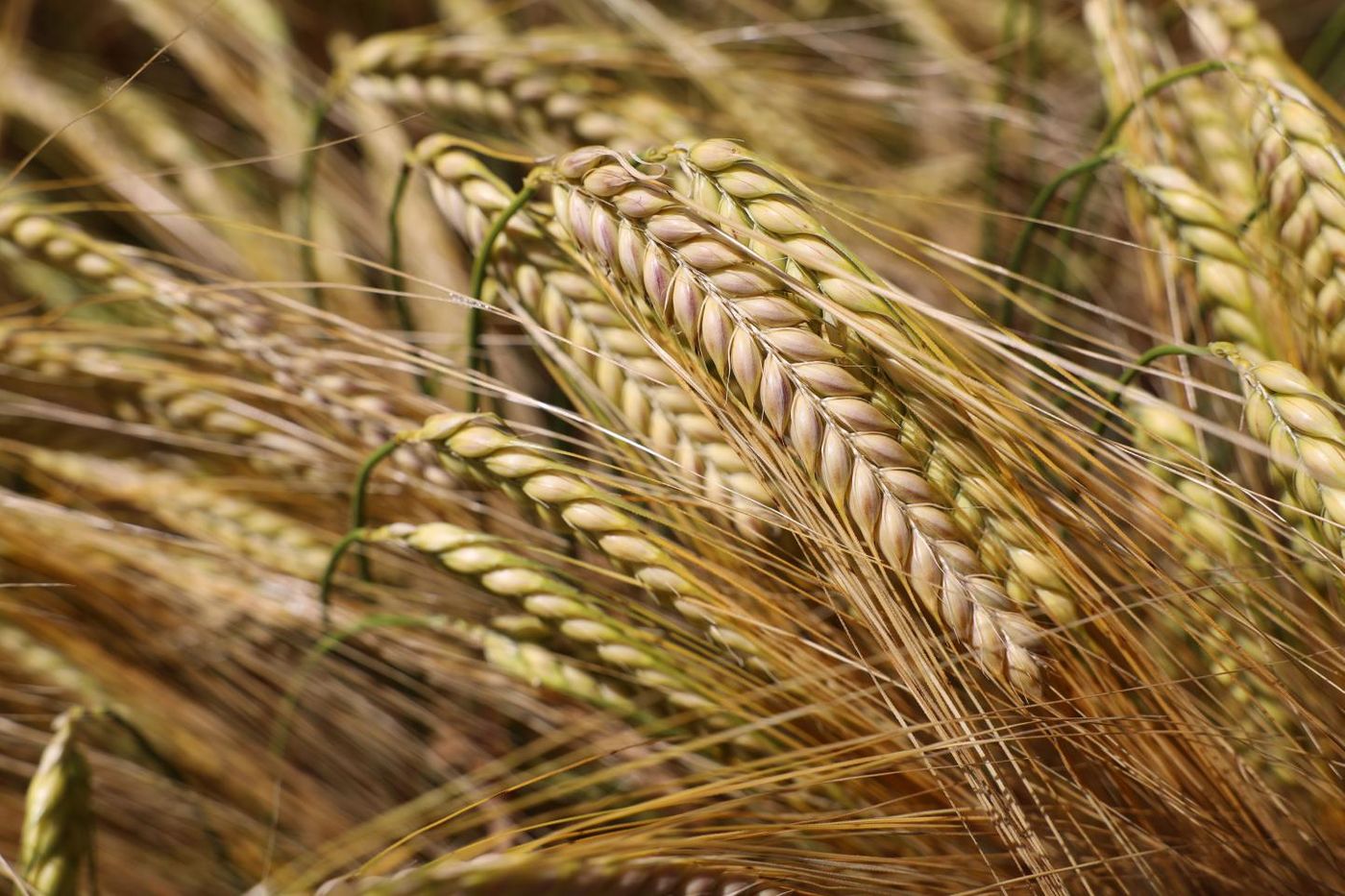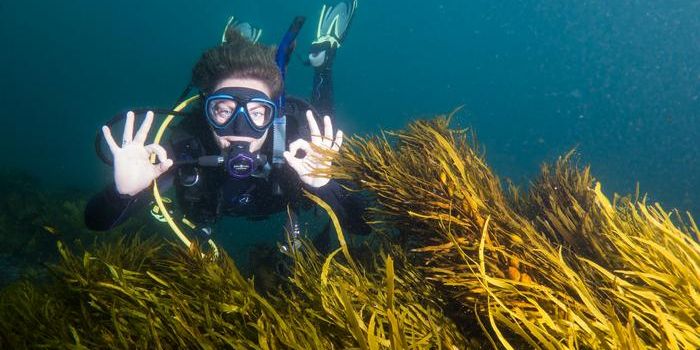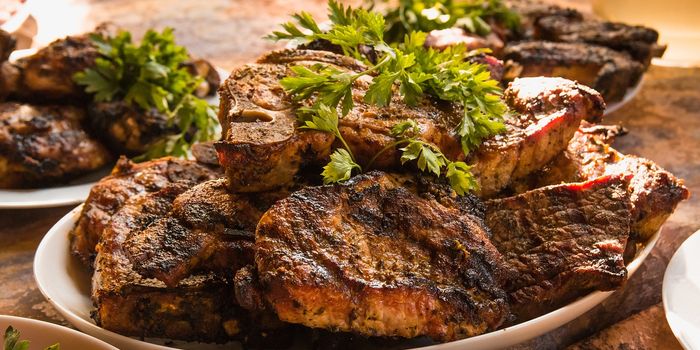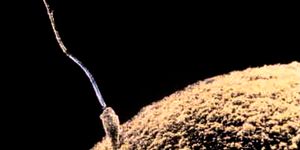What's Terroir and Does Whiskey Have It?
Terroir is a term usually associated with wine; it describes the environmental influences like climate and soil that impact a crop's characteristics like flavor. Barley is used to make whiskey, and researchers have now suggested that the terroir of barley affects the flavor of the whiskey it produces in a notable way. The findings have been described in the journal Foods.
"Terroir is increasingly being used to differentiate and market agricultural products, most commonly wine, as consumers grow more interested in the origins of their food," said study co-author Dustin Herb, a courtesy faculty member in the Department of Crop and Soil Science at Oregon State University. "Understanding terroir is something that involves a lot of research, a lot of time, and a lot of dedication. Our research shows that environmental conditions in which the barley is grown have a significant impact."
During Herb's doctoral studies, he researched how barley impacted the flavor of beer along with barley breeder Pat Hayes in the College of Agricultural Sciences. They found that beers that were malted from different barley varieties had notably different tastes.
These findings attracted the attention of Waterford Distillery, who asked Herb to design a similar study investigating whether or not whiskey has terroir. The project was simply named The Whisky Terroir Project ['whisky' and 'whiskey' both describe the same kind of distilled alcohol].
This work utilized two common varieties of barley sold commercially in Ireland that are grown in two unique environments; one is called Olympus and the other Laureate, and they are both grown in an inland site and a coastal area that each have different kinds of soil, rainfall levels, and temperature ranges during the barley growing season.
Gas chromatography-mass spectrometry, computational tools, and six trained individuals determined which compounds were contributing to the aroma of the spirits that were made from barley grown at each site for each year. When distilled, these are known are "new make spirits" that won't be considered whiskey until they've aged in a wooden cask for three years or more.
The work indicated that the barley's growing conditions contributed more to a whiskey's aroma than the variety of the barley, suggesting that terroir has a clear effect on the new make spirit. Barley grown in the inland site had attributes like soapy, sour, sweet, cereal/grainy, oily finish, and stale, while the barley grown in the coastal site had more associations with dried fruit and solvents.
"What this does is actually make the farmer and the producer come to the forefront of the product," Herb said. "It gets to the point where we might have more choices and it might provide an opportunity for a smaller brewer or a smaller distiller or a smaller baker to capitalize on their terroir like we see in the wine industry with a Napa Valley wine, or Willamette Valley wine or a French Bordeaux."
The study also suggested that there were changes in the aroma profiles year-over-year.
"This makes us think there might be a vintage aspect to the whiskey like wine, where you buy a 2019 or a 2020 or a 2016," Herb said. "Could the whiskey industry operate in a similar way, where someone is going to seek out a certain vintage of a certain year?"
The researchers want to answer that question and more in future parts of the Whisky Terroir Project.
Sources: AAAS/Eurekalert! Via Oregon State University, Foods










